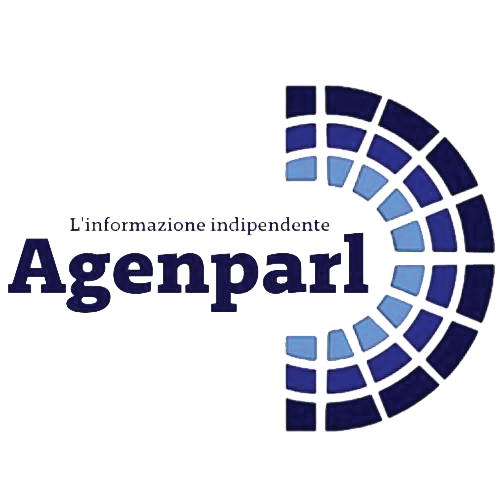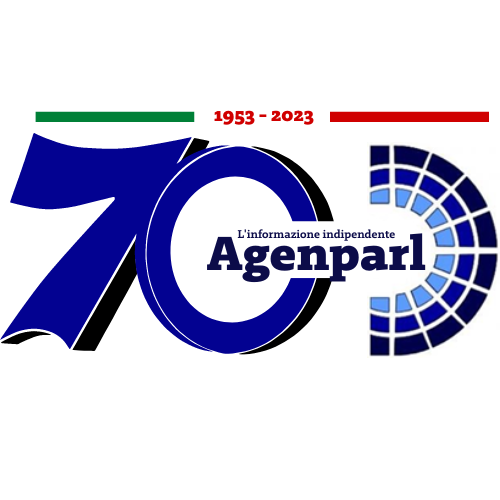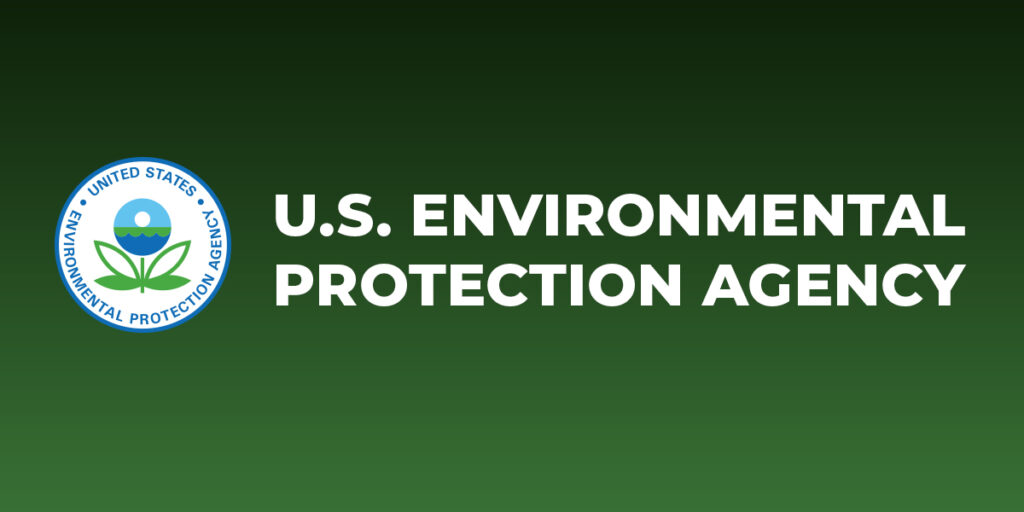 (AGENPARL) - Roma, 21 Marzo 2024
(AGENPARL) - Roma, 21 Marzo 2024(AGENPARL) – gio 21 marzo 2024 Issued: Mar 21, 2024 (5:28pm EDT)
If you wish to unsubscribe please do so
here: http://url6130.epa.mediaroom.com/ls/click?upn=u001.iqz6hAvLdUl-2FaSixKUG3iyFJBsxNAroAZOQ1BID8fKIiLAUfJX2sQlhu1tzKAOIu-2BU84uzAzSpWvmWyHnsNJDRYXWx5dlMz75Zp9ch-2BQlG6mQHPYjReZhS13hvd5qOopd0x0_-2B0Ok6Af7hyz7Kqg6CR74pYblAA1WjrUjKSJUAiv3NOub0DC4O7JPWGxIlQ7kBB-2FSjm2-2F5Kzk5MaKdWBw9RaWspVkIqP7HPQn3fguDstYrNhLyWN7mNOTU7VaxPp3-2BZpJQ4GAmTghsJ40-2FQLY9PLrL8J57lv3Jf8RhCuVPcF7llPpFvvBoCyekEXfVOp484c7PS30-2FxY8lmPSeFzFhx3qVXCW7PiFl-2Fkeje-2FAcutx4xOzfPq0tpm2WrjR-2FHwqDpuTE0SU-2BkmbxK-2B6kdVRX-2BUAGg-3D-3D
EPA requires industrial facilities to enhance preparation for chemical
discharges to water in adverse weather conditions, better protecting the
environment and public health
WASHINGTON – Today, March 21, the U.S. Environmental Protection Agency
finalized new safeguards for communities and the environment from facilities
that store and could discharge dangerous chemicals into a river, lake, or
other waterbody. These protections build on EPA’s recent issuance of the
“Safer Communities by Chemical Accident Prevention Rule,” which contains the
strongest ever safety provisions to prevent and address explosions and other
accidental airborne releases from chemical facilities. The science is clear:
climate change can supercharge the risks of dangerous chemical releases. That
is why both actions require facilities to evaluate those risks and to plan for
and respond to such releases. Both actions also strengthen protections for
communities already overburdened by pollution because many regulated
facilities have historically been located in or near these communities.
“As climate change increases the frequency and severity of extreme weather
events, planning and preparedness for these incidents are especially
important,” said Clifford Villa, EPA Deputy Assistant Administrator for the
Office of Land and Emergency Management. “These new requirements will help
protect the environment and communities by ensuring that facilities have
planned for and can respond to worst-case discharges of hazardous substances,
particularly in communities with environmental justice concerns, which are
disproportionately located in proximity to industrial facilities.”
These response plans are an important tool to ensure facilities are prepared
to respond to a worst-case discharge of hazardous substances. The final rule
requires various components to be included in the response plans, including
hazard evaluation, personnel roles and responsibilities, response actions, and
drills and exercises.
EPA anticipates that approximately 5,400 facilities will meet the criteria to
submit a facility response plan. Additionally, the final rule provides a
process for EPA Regional Administrators to assess facilities on a case-by-case
basis and, if appropriate, to require a facility to develop a response plan
based on, among other things, concerns related to potential impacts of a
worst-case discharge on communities with environmental justice concerns.
In developing the final rule, EPA considered input received during the 120-day
public comment period. The final rule revised the proposed criteria to lower
the threshold quantity of Clean Water Act hazardous substances on site to more
comprehensively screen for facilities that could cause substantial harm to the
environment.
Regulated facilities are required to submit response plans to EPA within 36
months of the effective date of the rule. During this time, the agency is
committed to conducting outreach and providing compliance assistance to the
regulated community and implementing organizations to help them understand the
requirements.
For more information on the final rule, please see EPA’s Clean Water Act
Hazardous Substance Facility Response Plans website.
Background
Section 311(j)(5) of the Clean Water Act directs the President to issue
regulations requiring a facility owner or operator of a facility to prepare
and submit to the EPA a plan for responding, to the maximum extent
practicable, to a worst-case discharge, and to a substantial threat of such a
discharge, of oil or a hazardous substance.
In 1994, EPA promulgated regulations for worst-case discharges of oil under 40
CFR part 112, subpart D. Today’s action regulates worst-case discharges of
Clean Water Act hazardous substances from onshore, non-transportation-related
facilities under section 311(j)(5).
To unsubscribe or change your settings click here:
http://url6130.epa.mediaroom.com/ls/click?upn=u001.iqz6hAvLdUl-2FaSixKUG3iyFJBsxNAroAZOQ1BID8fKKhIILjisBDEktm3-2BIos9X6Bof84Q3x13q6Q4jMnpKKp6hrHy9drihPRQUIsl4NUekd7HH8ZTTs3DQdNsOTCcI2AXBLC-2FxJTSiW5wfMvITR-2FA-3D-3DQfGS_-2B0Ok6Af7hyz7Kqg6CR74pYblAA1WjrUjKSJUAiv3NOub0DC4O7JPWGxIlQ7kBB-2FSjm2-2F5Kzk5MaKdWBw9RaWspVkIqP7HPQn3fguDstYrNg-2BrFjUo6DHFU-2FdzigRRApB-2BOygL9rG9rQvciR8fYtAYA-2BBpbYY7cGPYAAF8vYj3fegFSTON06SFIt-2FwZHR8UQa-2F9UB14o4TBiaFnJSdkVqBBfptPq40MX8E4qDKdu5liOyD6-2FqGtI3Dtdk0kKmhRPcGebTZVHxh7-2F8V69xgHAKMQ-3D-3D

